Tensions between North and South Korea have continued to escalate ahead of the US presidential election. This latest round of tensions began after a series of artillery shelling in January and the launching of balloons containing trash and loudspeakers across the border since late May.
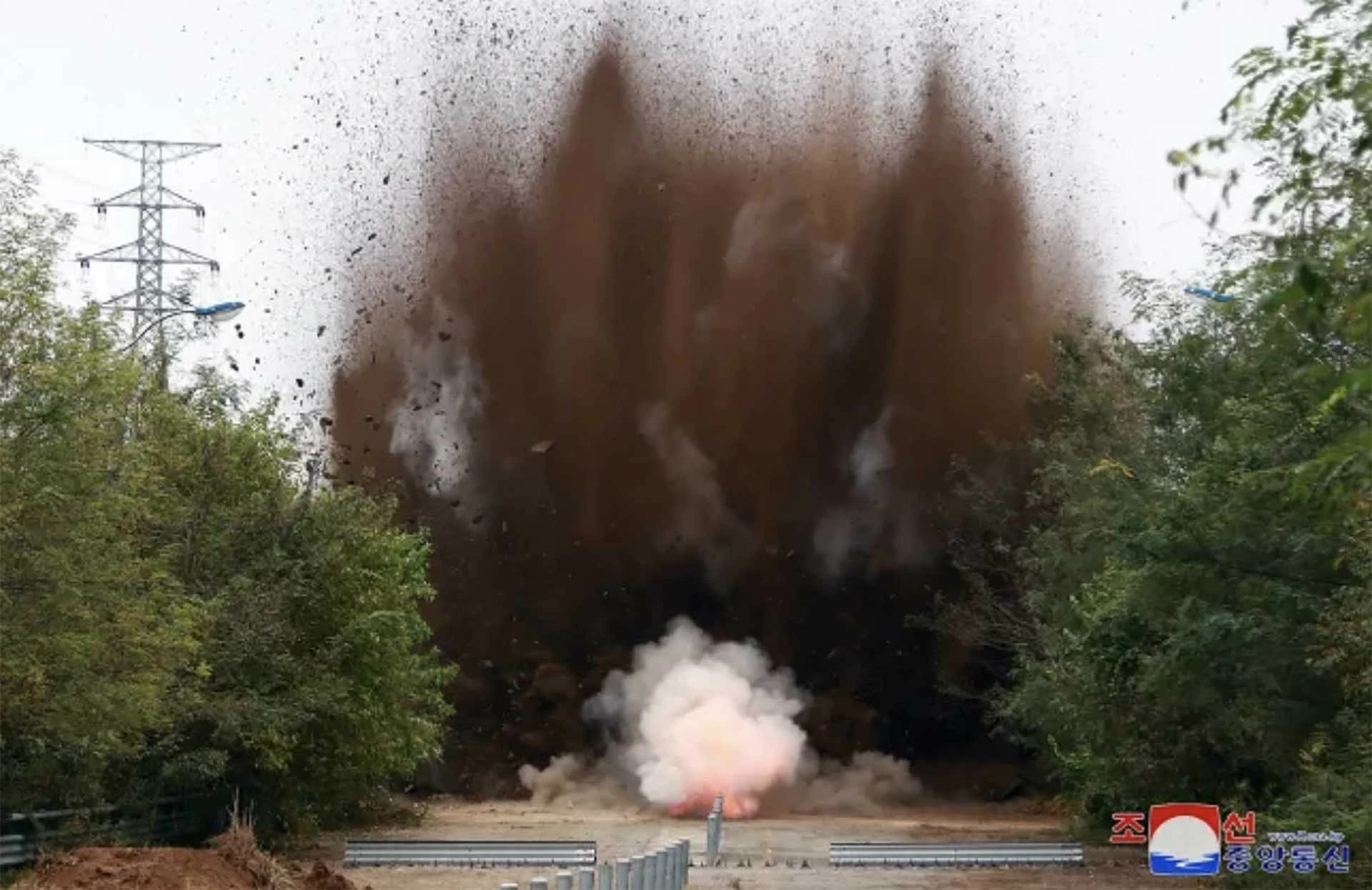 |
| Image of destroyed roads and railways along the South Korea-North Korea border on October 15. (Photo: Reuters) |
In particular, tensions this time broke out after North Korea blew up several sections of two roads and railways (Gyeongui and Donghae) connecting to South Korea on October 15, after warning that it would completely cut off the territorial link between the two Koreas. Seoul criticized the move and said it was considering suing Pyongyang because the road and railway connection project involved a $133 million South Korean loan.
On October 17, North Korean state media reported that the country had amended its Constitution, officially calling South Korea a “hostile state.” On October 19, Pyongyang announced that it had detected at least one South Korean unmanned aerial vehicle (UAV) entering North Korean territory… Overall, the tension in recent days is a continuation of the increasing heat and deadlock on the Korean Peninsula since the US-North Korea Summit in Hanoi.
At present, it is almost impossible for inter-Korean relations to resume dialogue in the near future. Moreover, the growing conflict between the two Koreas is making it difficult for third parties, including the United Nations, to play the role of mediator and mediator.
In fact, the Gyeongui and Donghae lines, two of the most important symbols of reconciliation and cooperation between the two Koreas, were built in the mid-2000s but have not been used recently. The act of detonating these two lines by North Korea is seen as a drastic step in its policy of treating South Korea as its “main enemy” and abandoning the peaceful reunification that Chairman Kim Jong Un has previously emphasized. Previously, the monument symbolizing reunification was also destroyed by North Korea in January.
Historically, the Korean Peninsula has gone through successive cycles of tension and détente without ever breaking out into armed conflict. Although the current tension is considered one of the most dangerous escalations, the possibility of an armed conflict breaking out is still a big question mark. In this context, the key factor in breaking the current deadlock on the peninsula is the result of the US presidential election on November 5.
If candidate Donald Trump wins, US policy on the North Korea issue may change in the direction seen during Trump's first term: the US-South Korea alliance is broken over the issue of cost-sharing; the US and North Korea may resume denuclearization negotiations. If US Vice President Kamala Harris is elected, the current US policy will likely continue, with the main directions of implementation: Tightening the US-South Korea alliance, strengthening the US-Japan-South Korea trilateral coordination to strengthen extended deterrence against Pyongyang.
It can be seen that although inter-Korean relations are increasingly tense, the two sides are still mainly at the level of deterrence through statements; taking some actions in response to each other but avoiding provoking direct military conflicts. It is likely that Seoul and Pyongyang will keep the "temperature" from heating up into conflict until the US has a new President to adjust their respective policies.
Source: https://baoquocte.vn/ban-dao-trieu-tien-truoc-buoc-ngoat-moi-291238.html


![[Photo] Unique folk games at Chuong Village Festival](https://vstatic.vietnam.vn/vietnam/resource/IMAGE/2025/4/10/cff805a06fdd443b9474c017f98075a4)

![[Photo] Opening of the 11th Conference of the 13th Party Central Committee](https://vstatic.vietnam.vn/vietnam/resource/IMAGE/2025/4/10/f9e717b67de343d7b687cb419c0829a2)
![[Photo] April Festival in Can Tho City](https://vstatic.vietnam.vn/vietnam/resource/IMAGE/2025/4/10/bf5ae82870e648fabfbcc93a25b481ea)


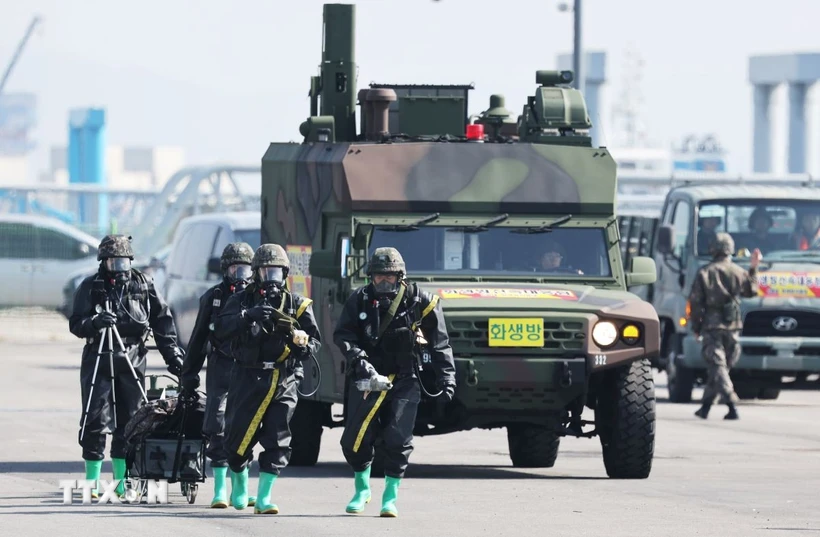

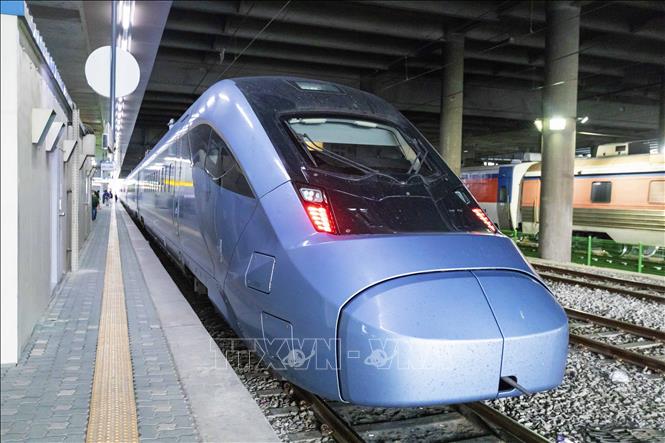

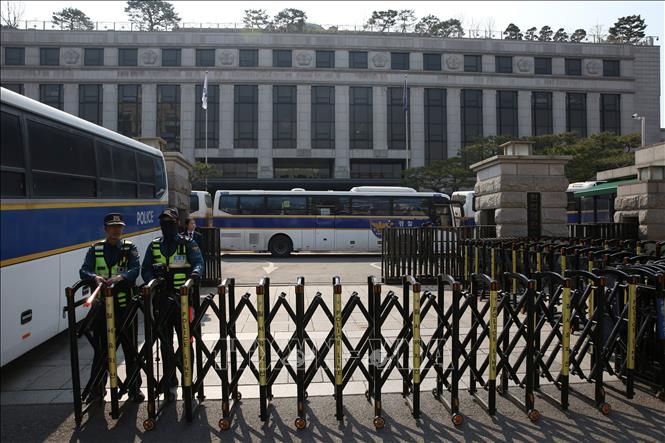
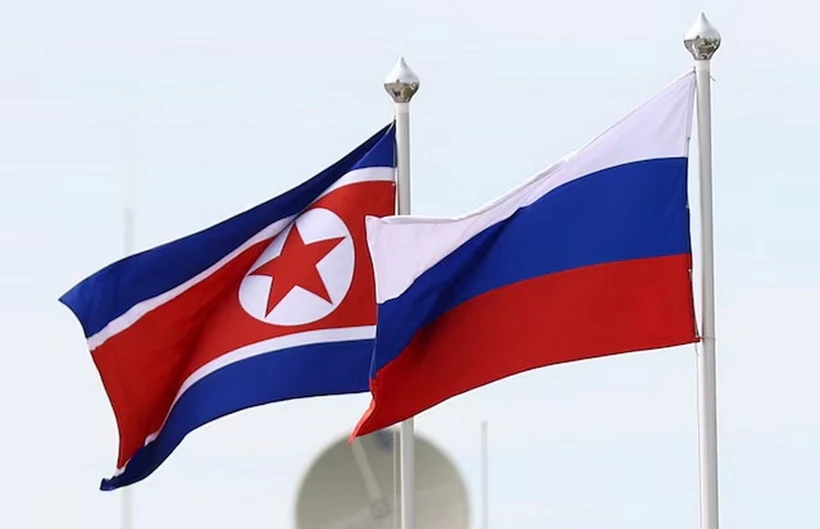

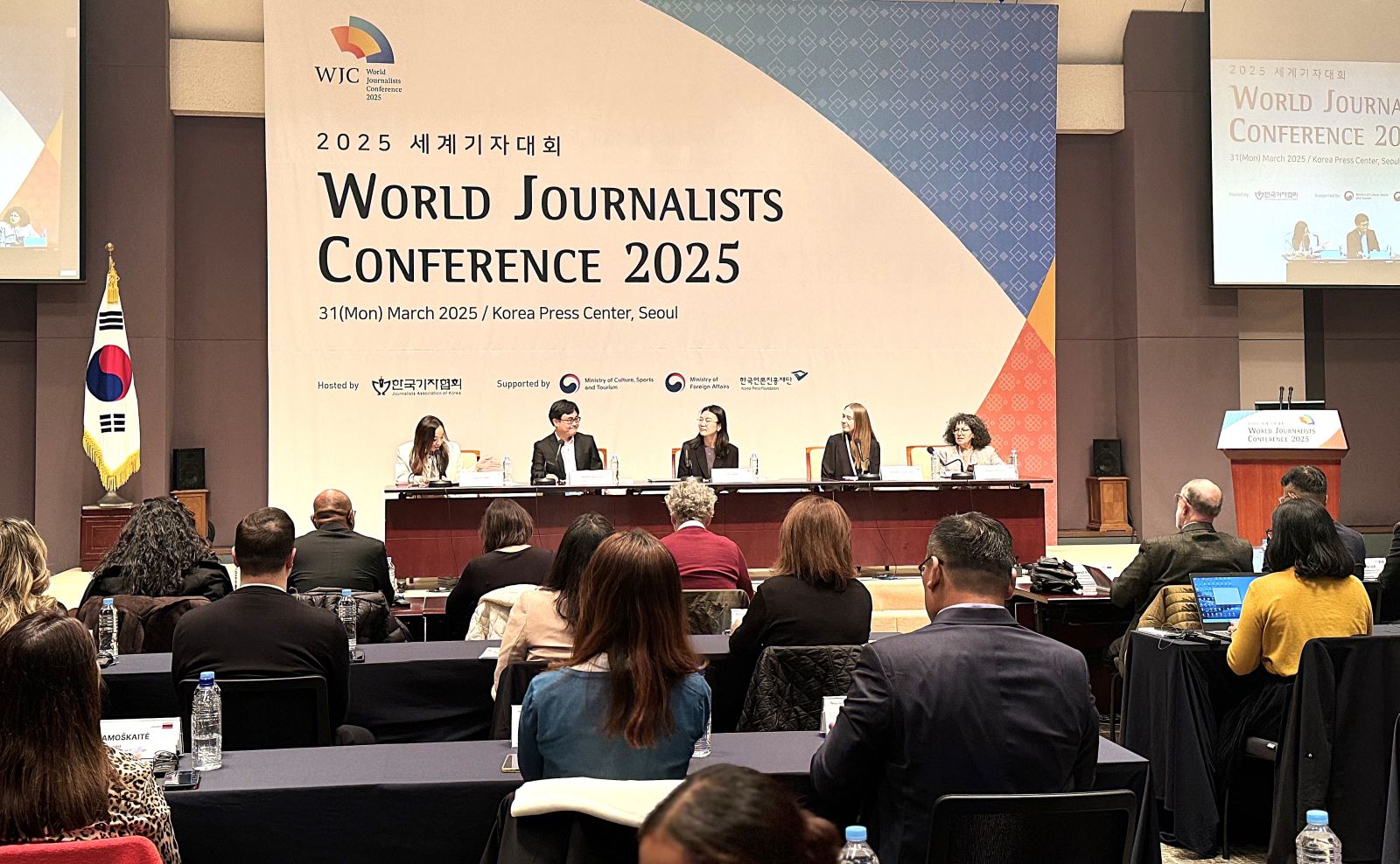

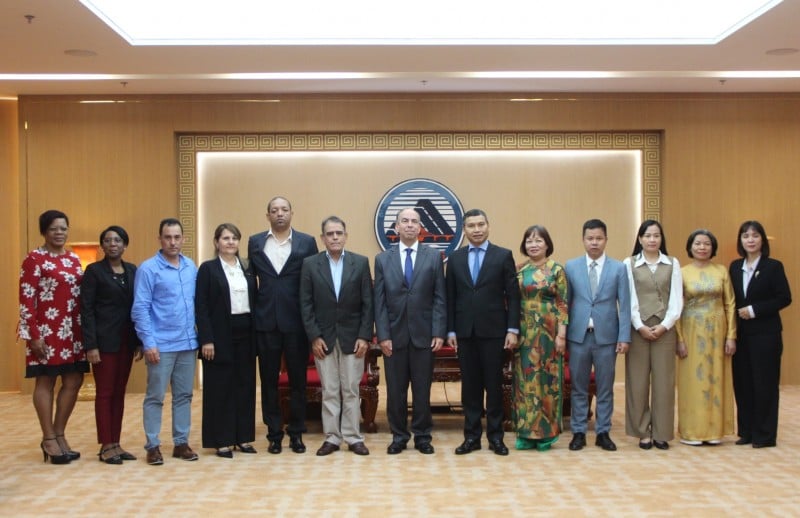
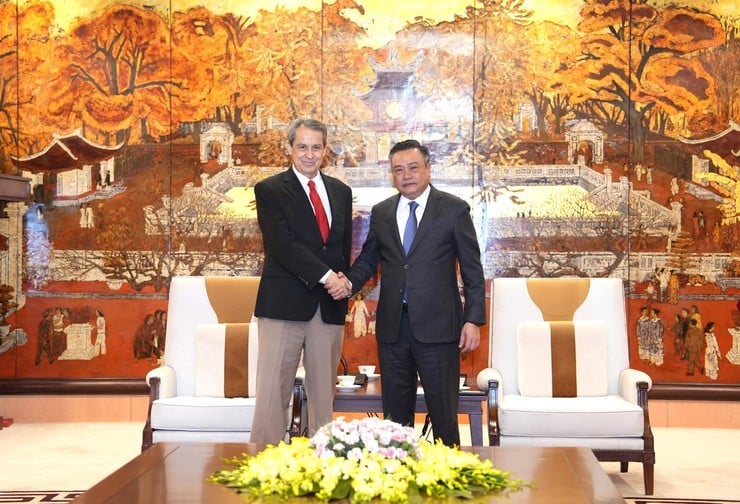

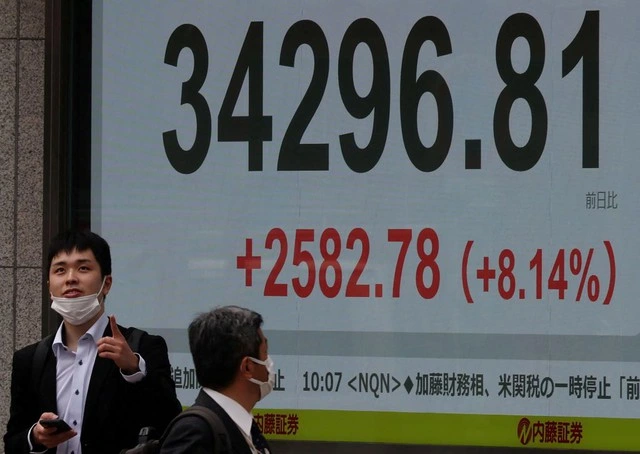
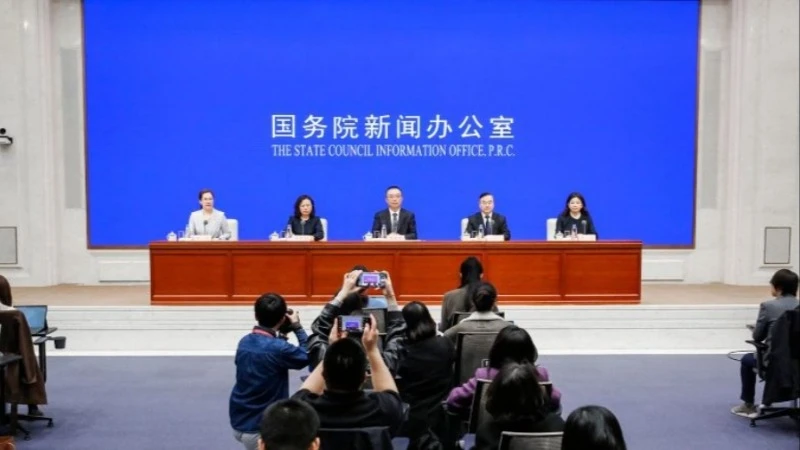
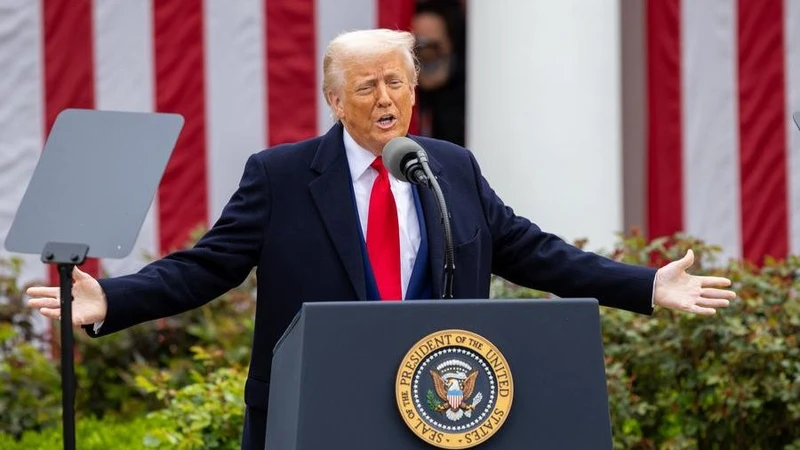




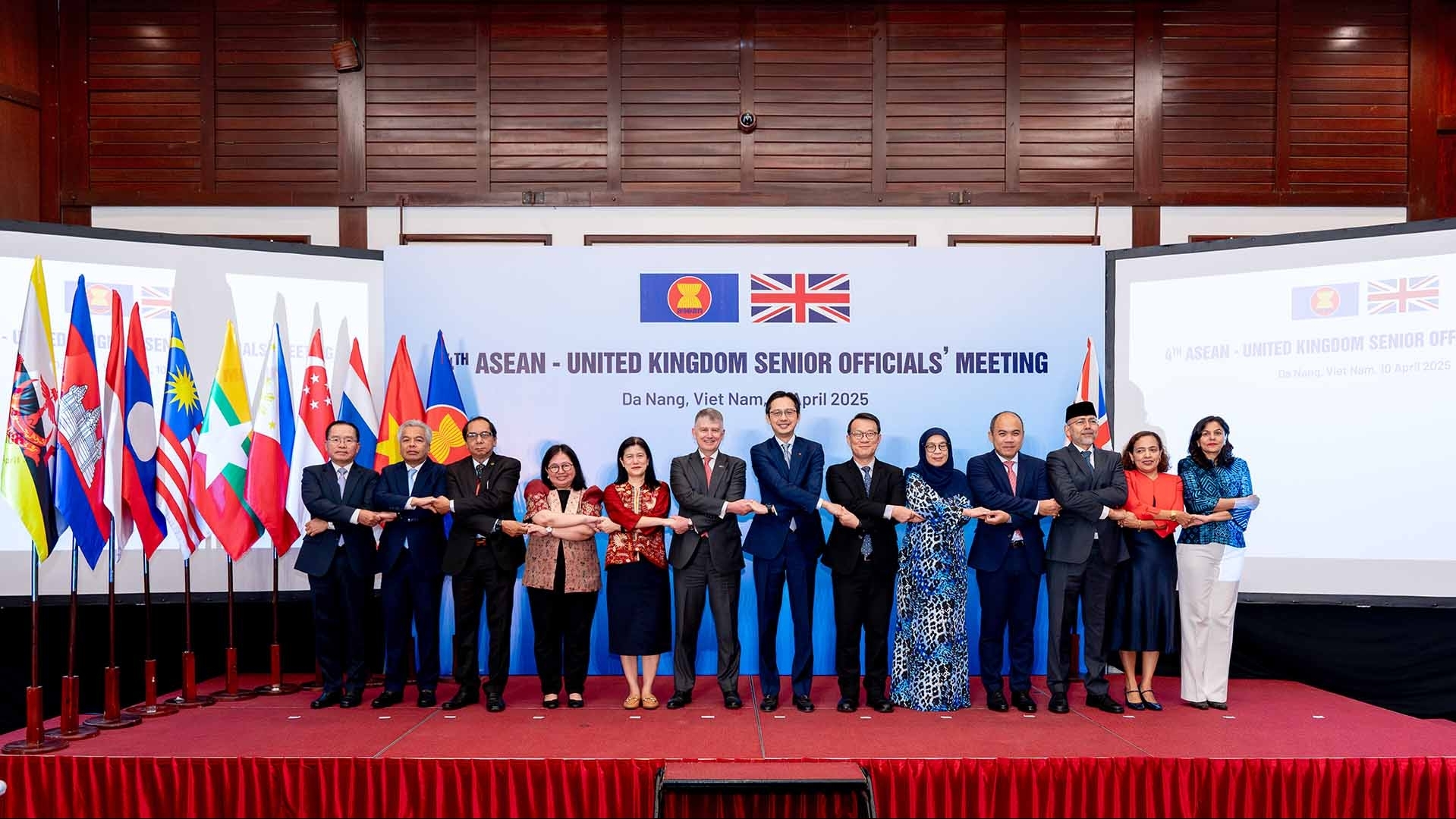
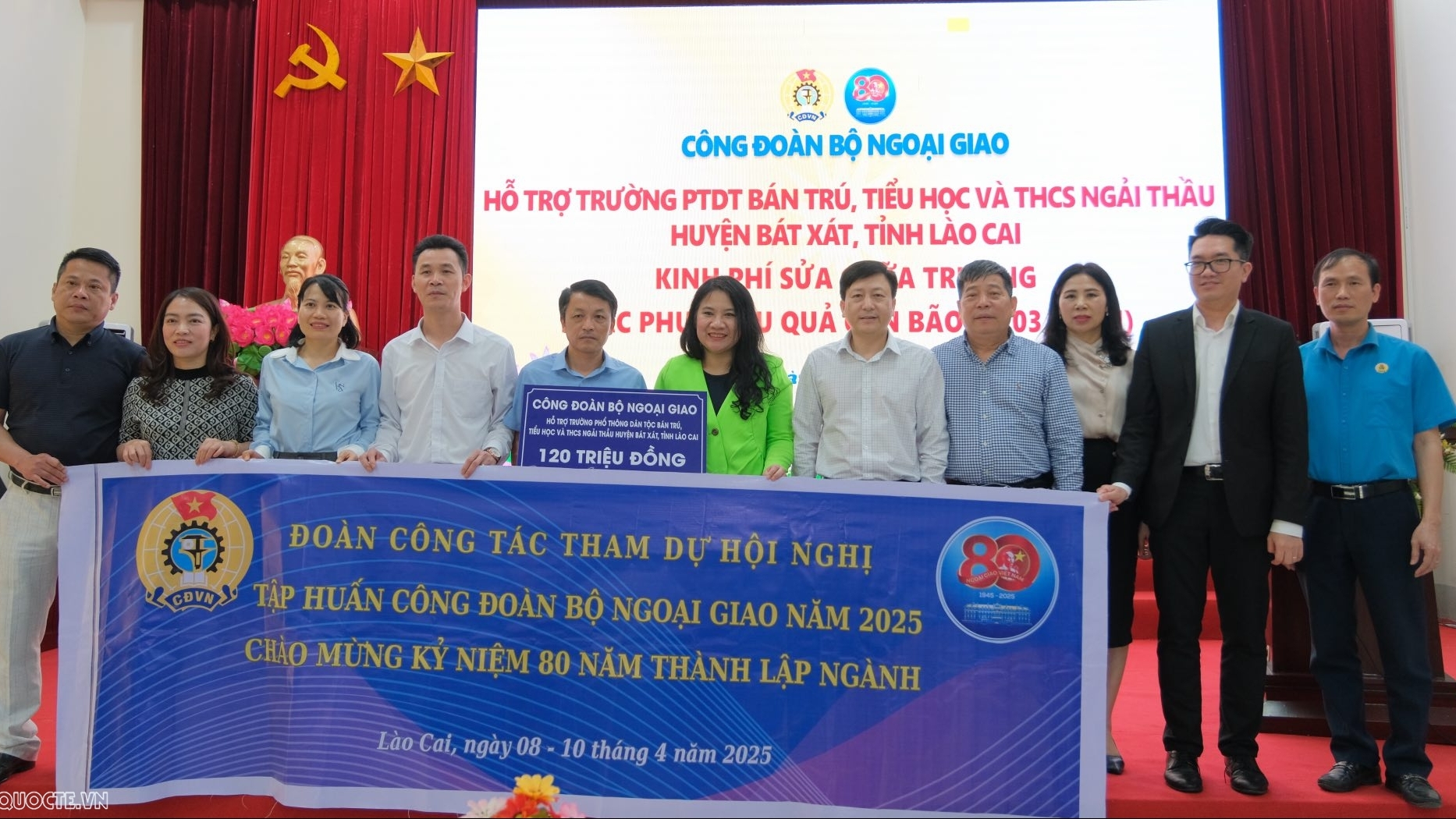

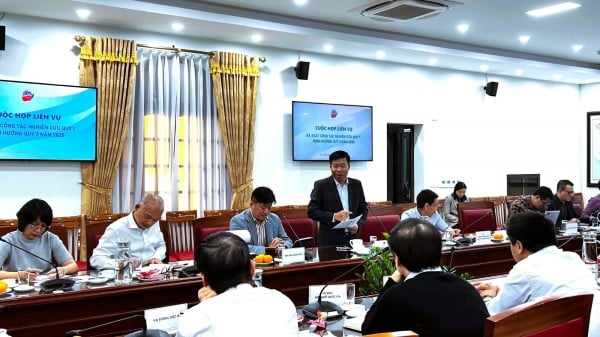




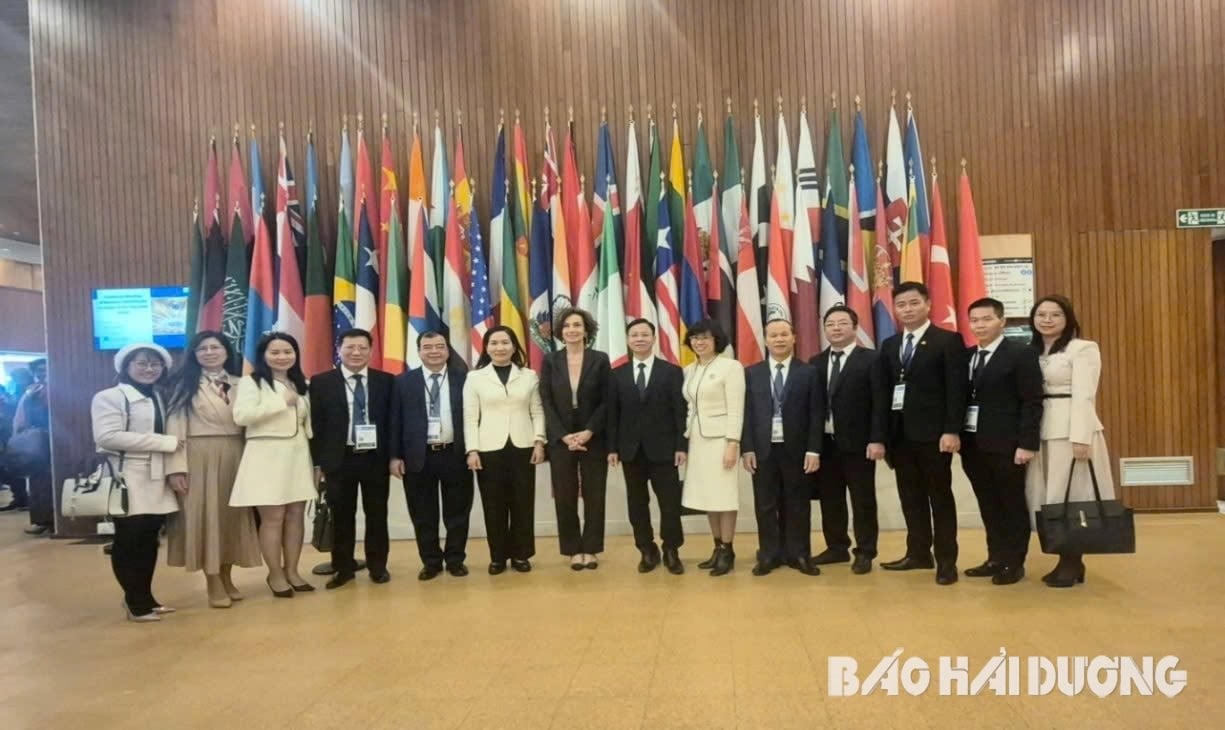

















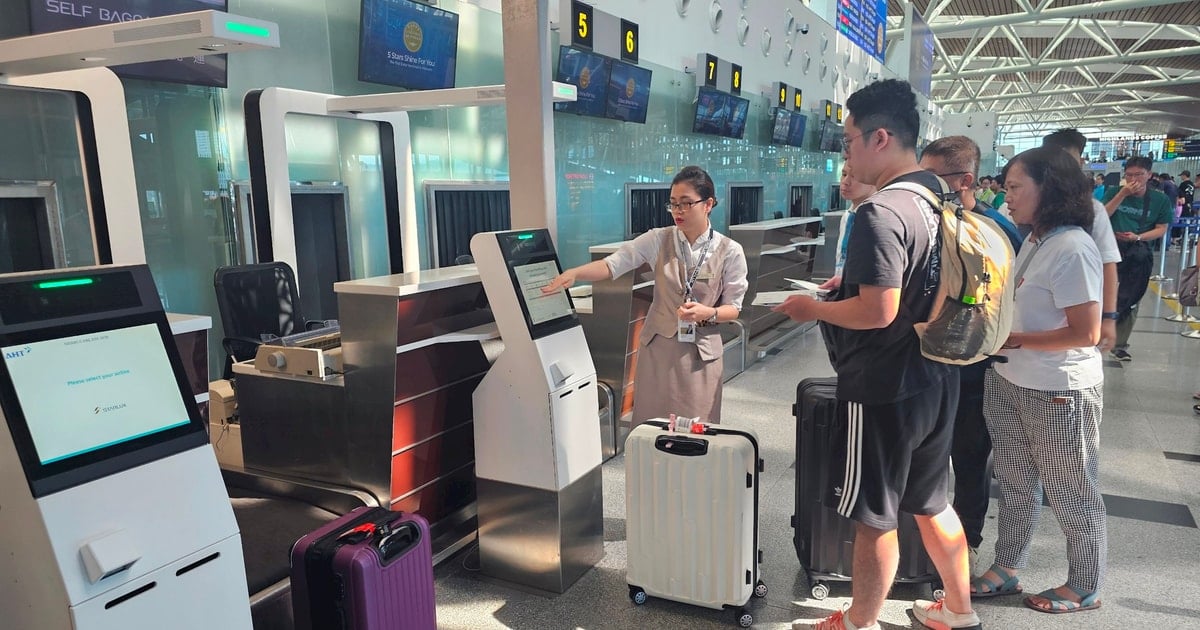



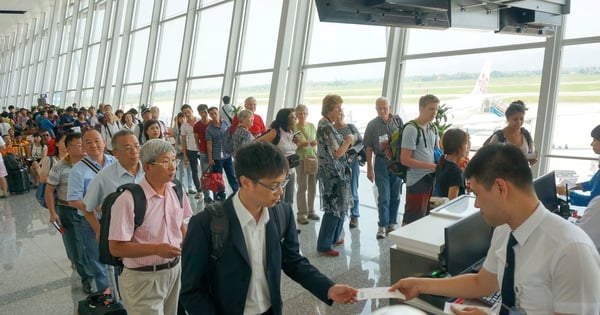


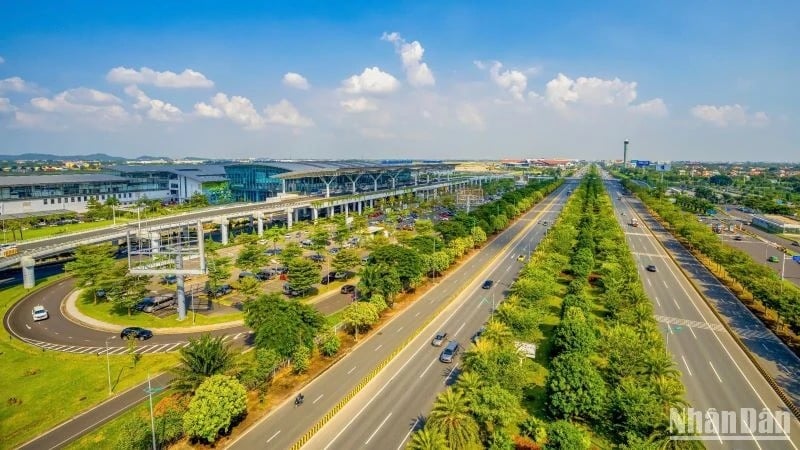



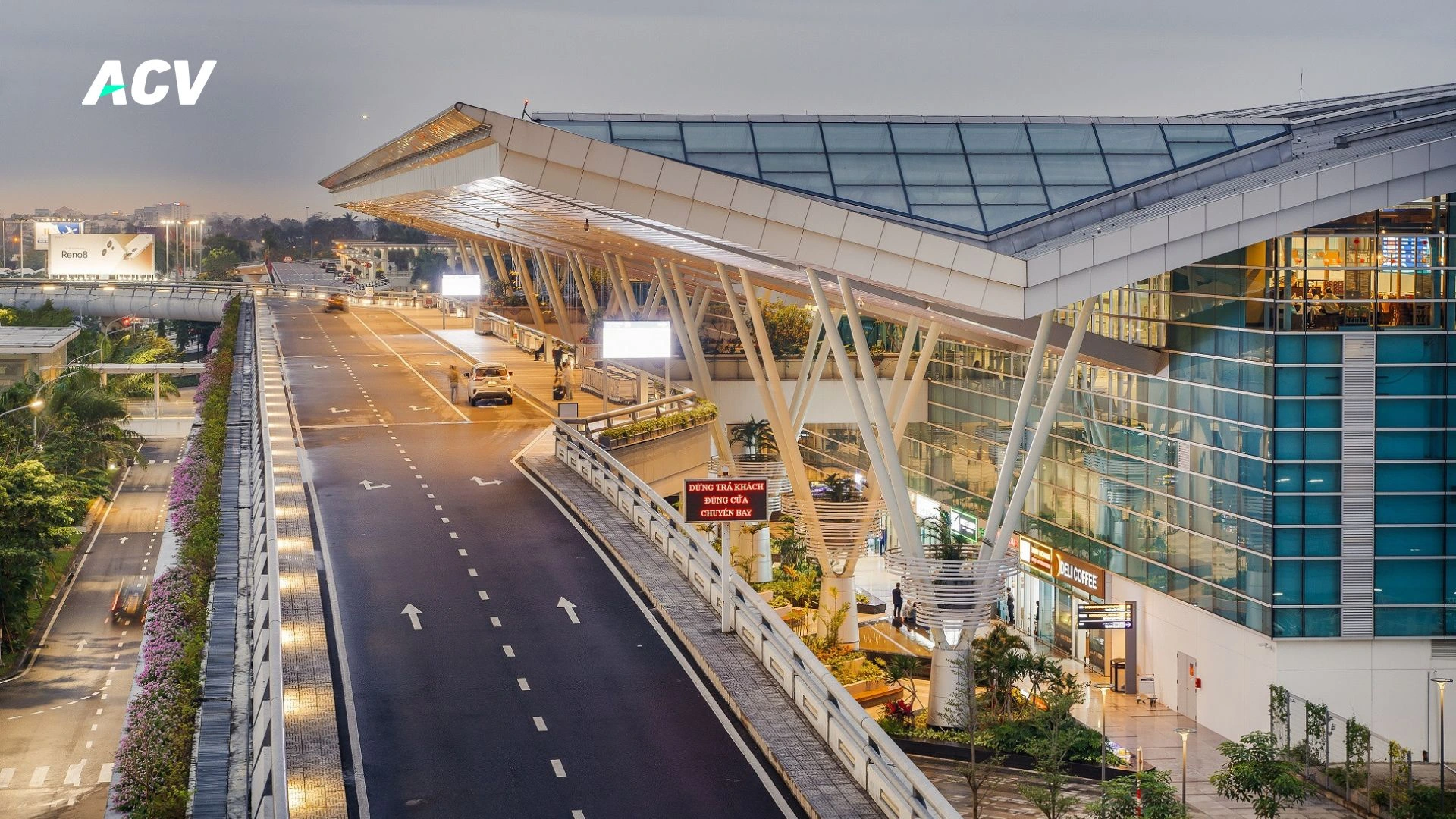

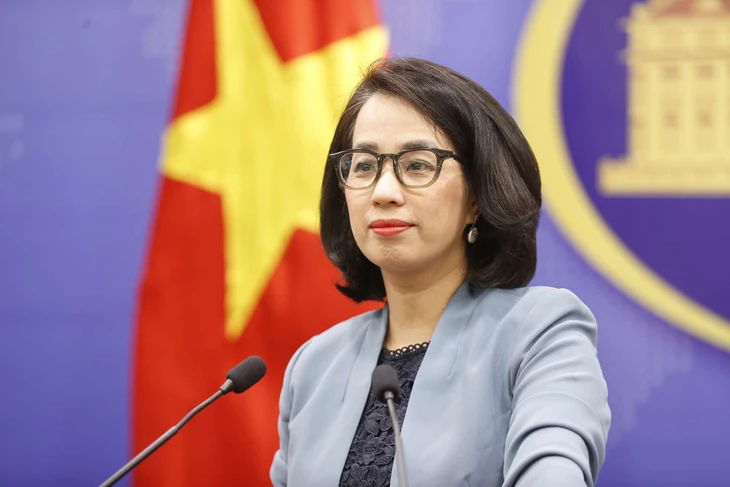

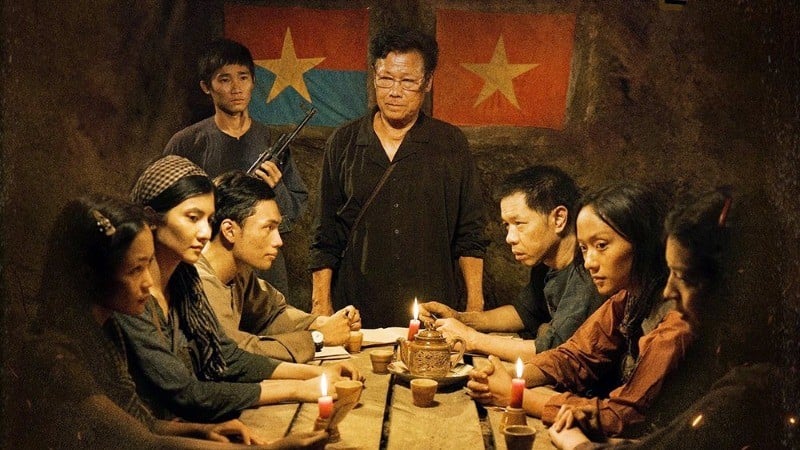



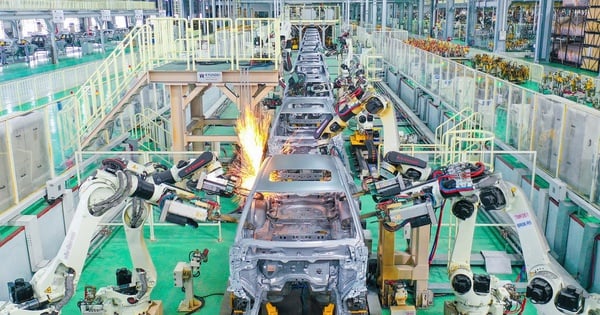

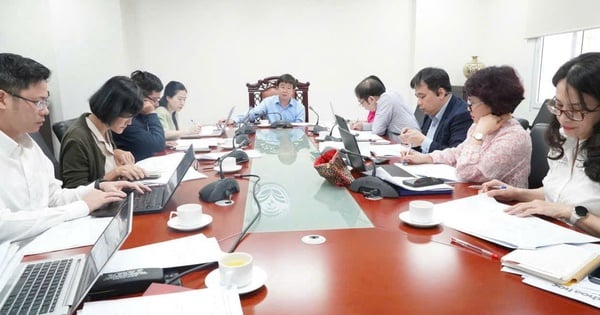
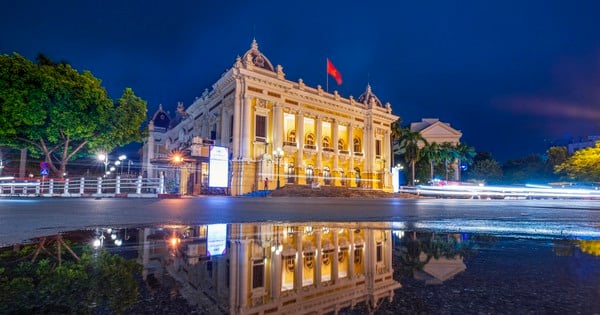

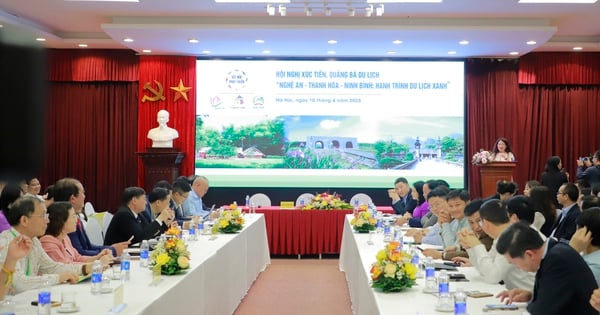

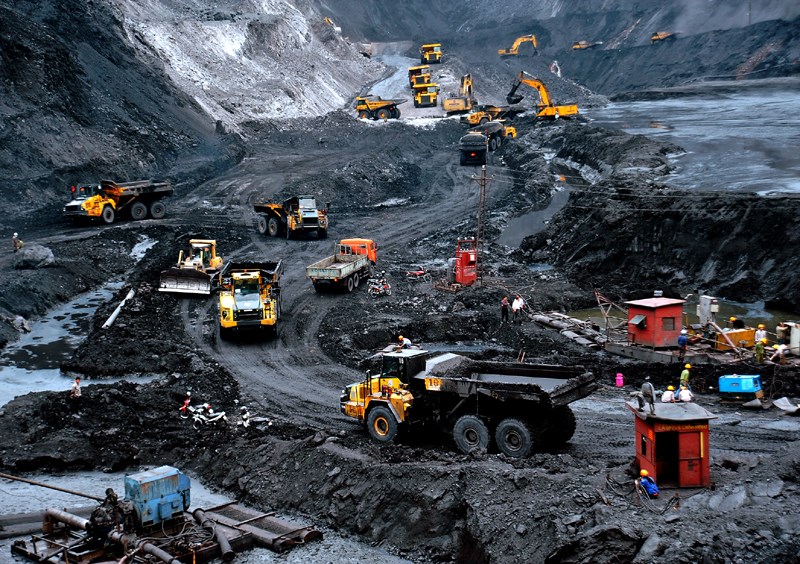

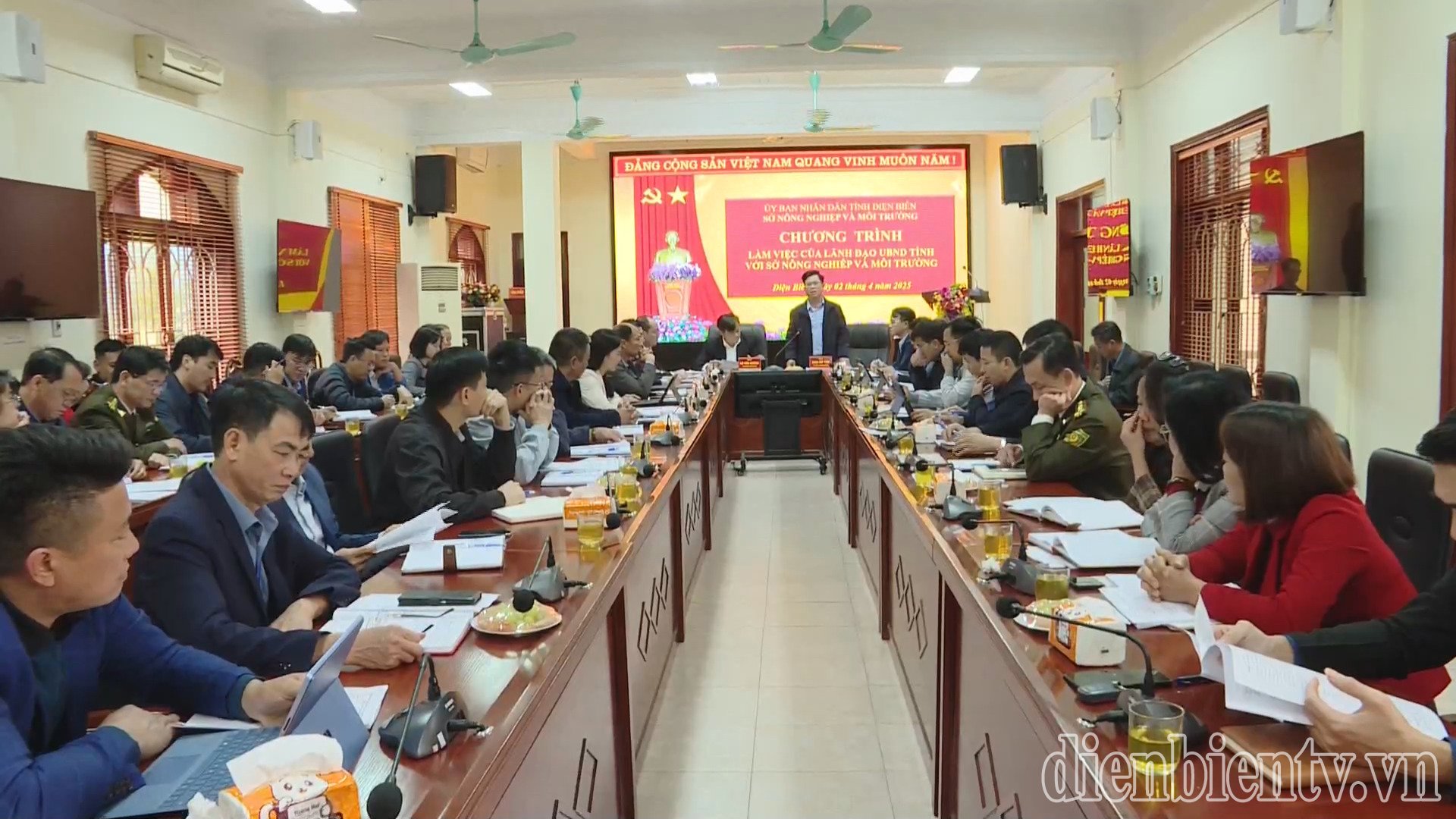
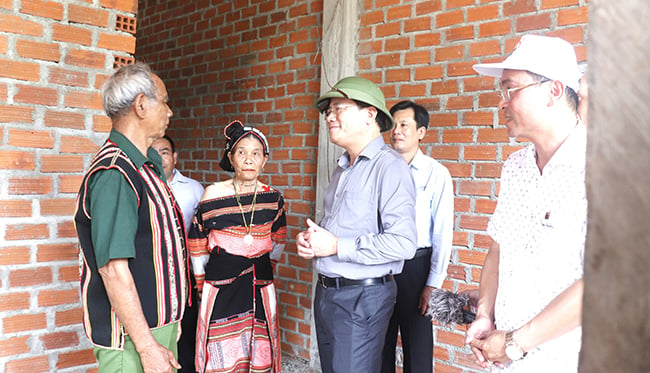
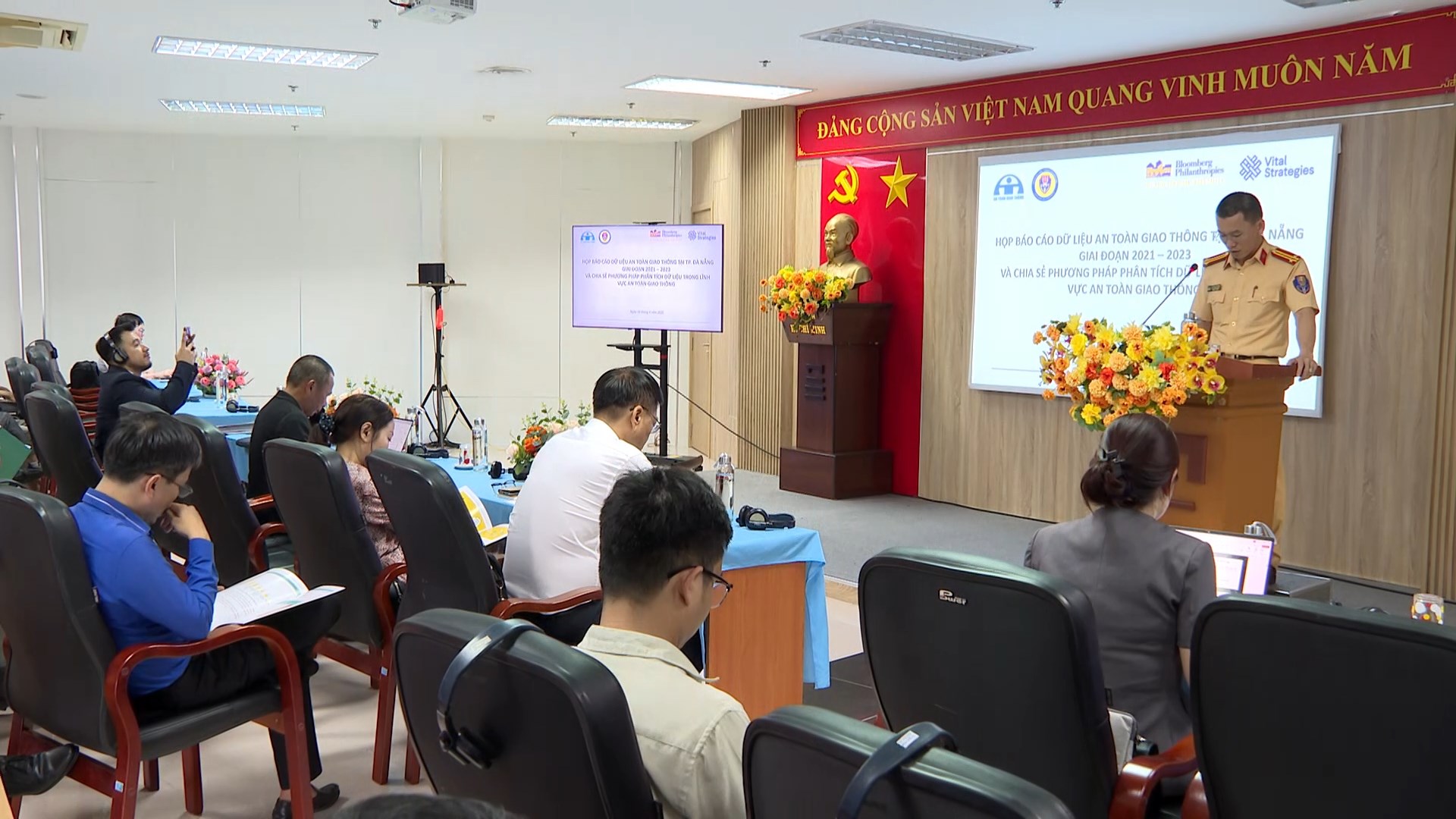
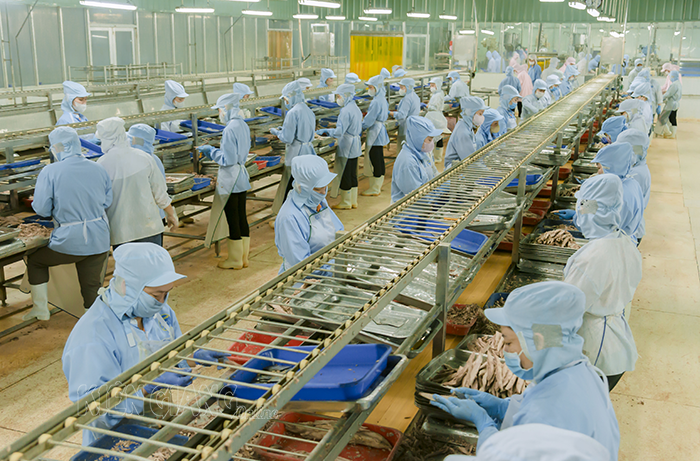
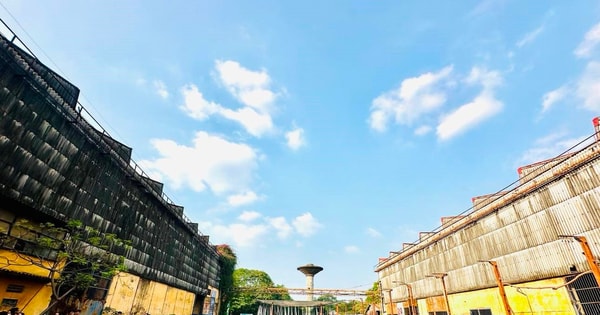

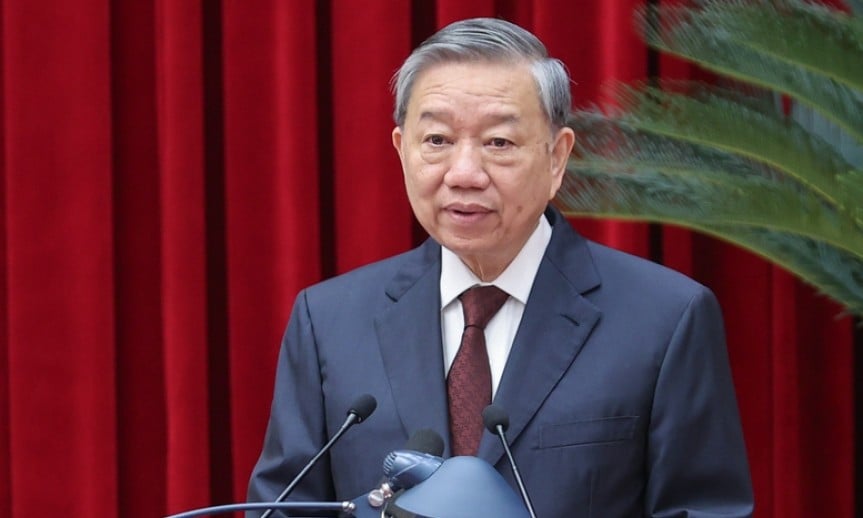
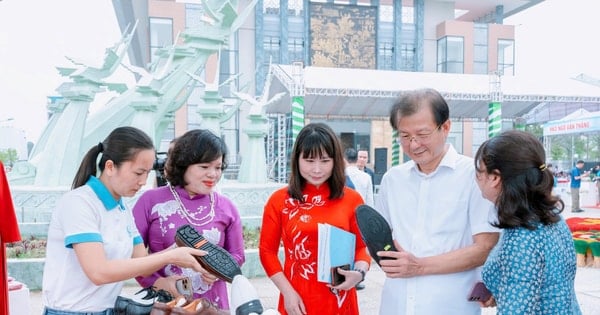


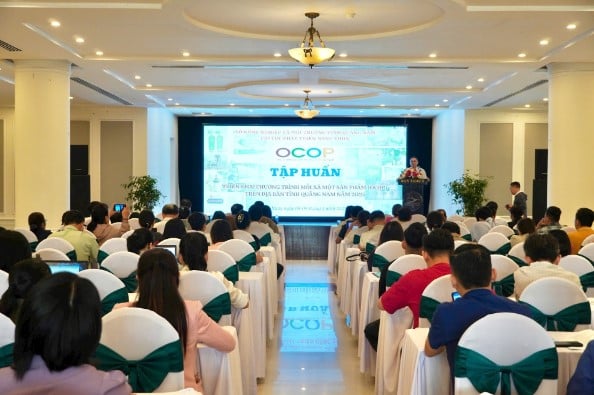
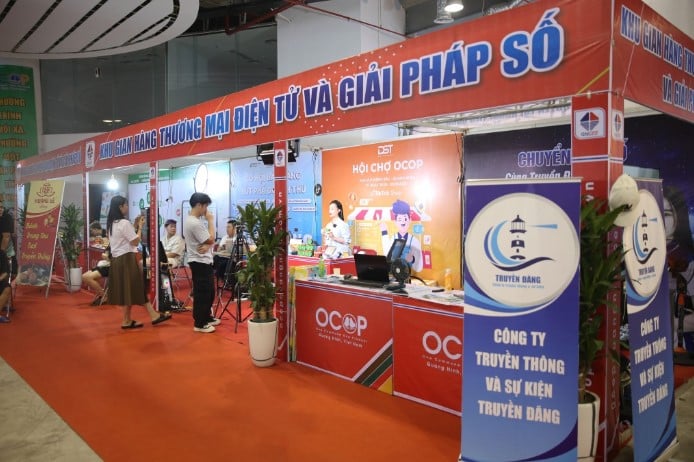


Comment (0)